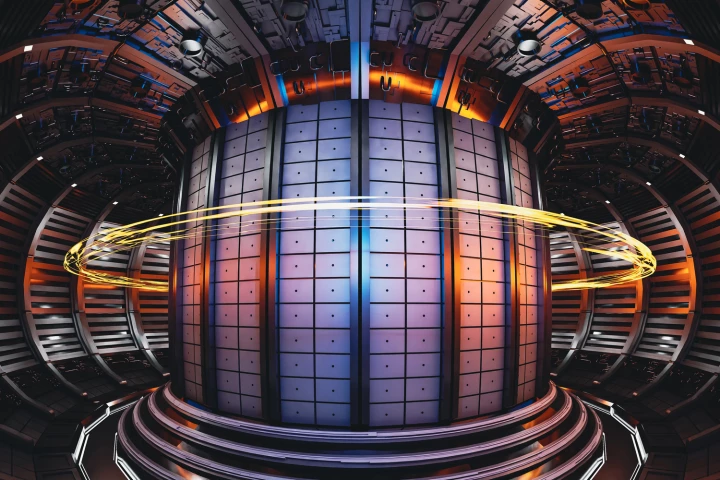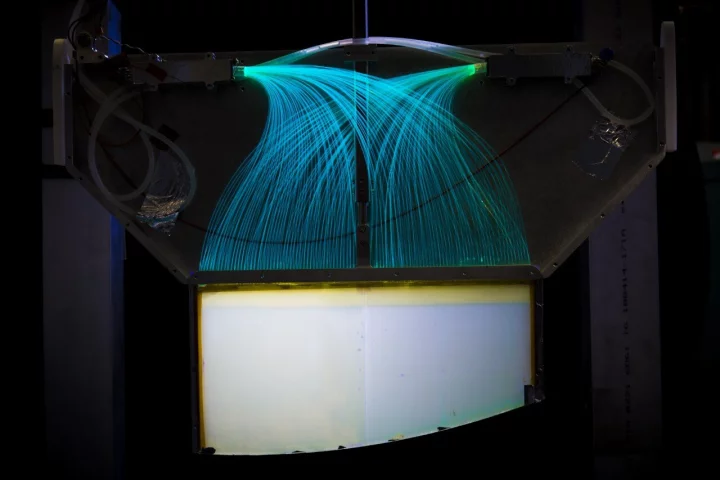Los Alamos National Laboratory
-
A critical shortage of fuel for nuclear fusion reactors may have a rather counterintuitive solution. A physicist at the Los Alamos National Laboratory (LANL) says that fusion reactor fuel could be made from nuclear waste from fission reactors.
-
Given the fact that satellites orbit amongst one another at thousands of miles per hour, it's important to know exactly how fast they're going. A new device offers an improved way of doing so, and it's appropriately named the Spacecraft Speedometer.
-
Physicists have measured the lifetime of a free neutron more precisely than ever before. This breakthrough "bathtub" experiment helps probe the fringes of the Standard Model of particle physics, and mysteries like dark matter and the early universe.
-
Scientists have uncovered some new details about the heliosphere. They've produced the first ever map of its boundary, called the heliopause, where solar winds are brought to a stop by the interstellar medium.
-
Scientists have discovered a strange new form of crystal that was forged in the first nuclear weapons test. Known as a "quasicrystal," the curious creation is made out of desert sand and copper wiring arranged in an extremely rare atomic structure.
-
Which time travel movie got the rules right? According to experiments using a quantum time travel simulator, reality is “self-healing,” so changes made to the past won’t drastically alter the future you came from – at least, in the quantum realm.
-
The US Department of Energy (DOE) has announced and detailed a blueprint for a national quantum internet that would be super-fast and nigh on unhackable. The document describes four priority research areas, and five major milestones on the path.
-
Researchers at LANL have hit upon a microstructure with impressive shock absorption. The team 3D-printed cubes with fractal void patterns inside them, which could be a useful structure for new materials in helmets, armor and other protective items.
-
It turns out that neural networks might also need sleep to function at their peak. And it’s not just a matter of turning them off every now and then – the neurons benefit from exposure to slow-wave signals like those in a sleeping biological brain.
-
Quantum dots have shown promise in solar cells. Now, researchers at Los Alamos National Laboratory (LANL) have developed a new type of quantum dot solar cell that isn’t made with the toxic elements found in most, while maintaining efficiency.
-
It looks as if the days of the venerable explosive TNT are numbered as researchers at the Los Alamos National Laboratory (LANL) and the US Army Research Laboratory in Aberdeen, Maryland develop a new explosive that has the power of TNT, yet is safer and more environmentally friendly.
-
One of the main goals of Curiosity was to determine if Mars has ever harbored life. The project has already discovered that Gale Crater was once an ancient lake, and now a team at Los Alamos has found “halos” in the bedrock, suggesting the area could have supported life long after the lake dried up.
Load More











